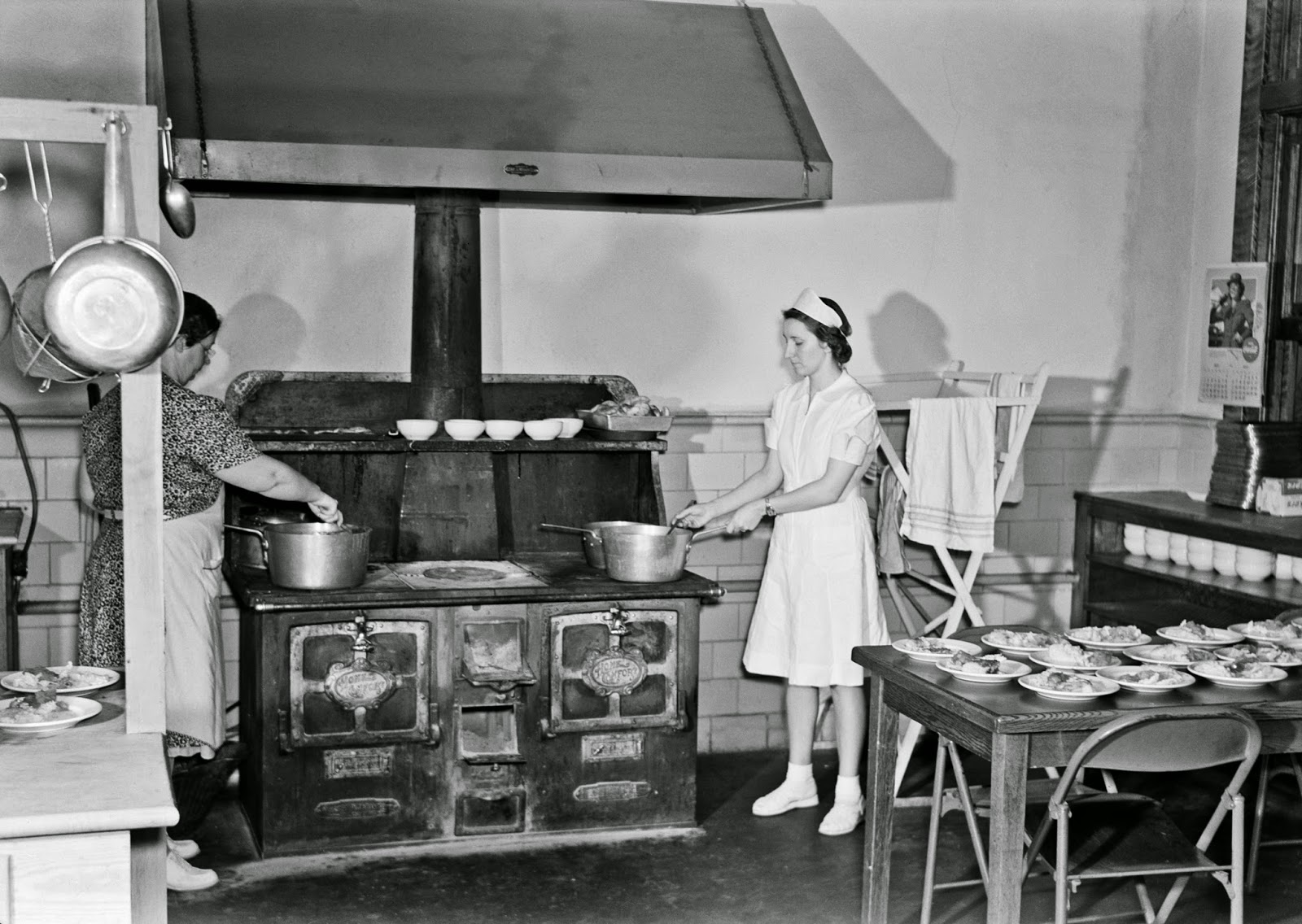
Week 5: School Nutrition
School lunches have come a long way since their birth at the turn of the nineteenth century.
As women began to find work outside the home, the school lunch sprang up as a necessity to provide students their hearty mid-day meal.
Through the great depression and two world wars, the goal of the school lunch program was to provide much-needed calories and nutrients to keep American children healthy. It relied heavily on food donations from the US government.
But as shortage turned to surplus in the 1950’s, schools struggled to make healthy meals from farm commodities. It was becoming clear that feeding schoolchildren healthy meals was secondary to keeping farmers afloat.
In the 1960s, a renewed focus on the problem of hunger brought about the Child Nutrition Act of 1966. Legislation created standardized free and reduced meal prices, increased federal funding and allowed large school districts to cook their meals in central kitchens—a way around the lack of facilities in individual schools.
In the mid 1970s, vending machines selling candy and soda began to appear in schools. The Secretary of Agriculture initially restricted the items that could be sold, but a lawsuit won by the National Soft Drink Association declared that regulations could apply only to food sold in the cafeteria. Food manufacturers started viewing children as customers.
The 1980s brought a move towards fast-food style school lunches. The Reagan administration cut federal programs forcing schools to turn to frozen food that could be bought in bulk and then defrosted or reheated. As a result of the cut in funding, high-fat and low-fiber foods became the basis of meals.
The turn of another century into the 2000’s has brought increased demand for the return to homemade foods. Many school kitchens have added labor and equipment, and returned to scratch cooking. The Healthy Hunger-Free Act to 2010 reauthorized funding and redefined nutrition standard for school lunches.
While school nutrition still has a long and winding road ahead, i’ve been pleasantly surprised with the quality and variety of healthy foods available to students.

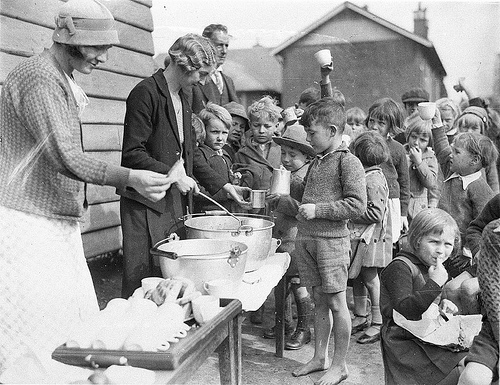
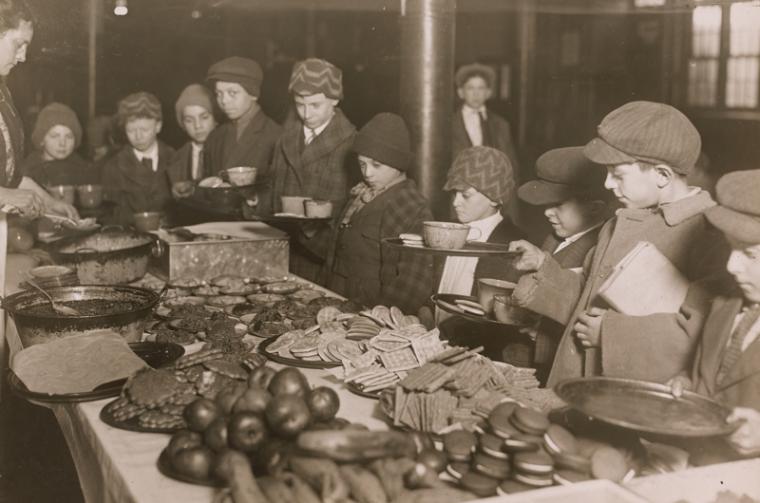
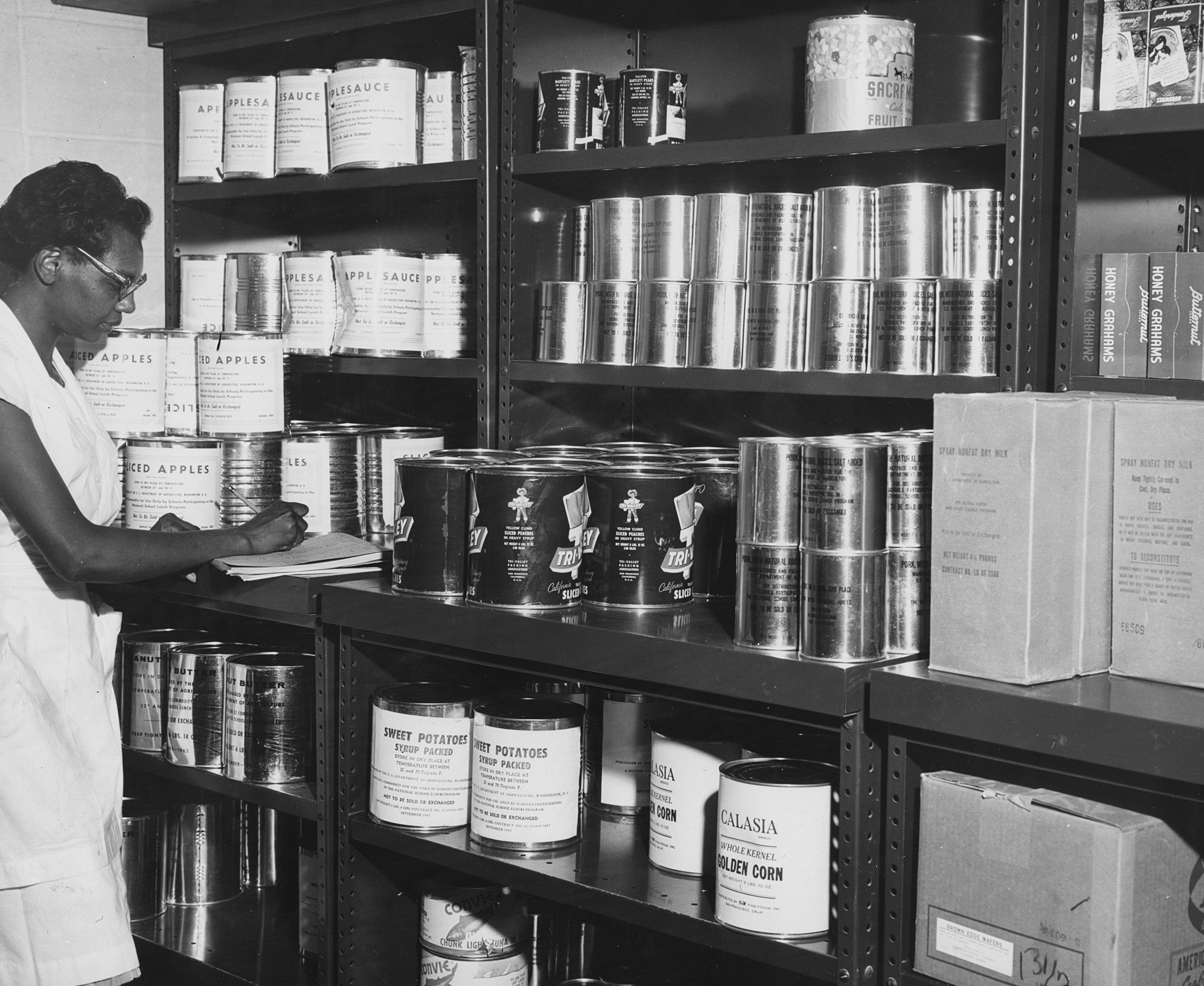
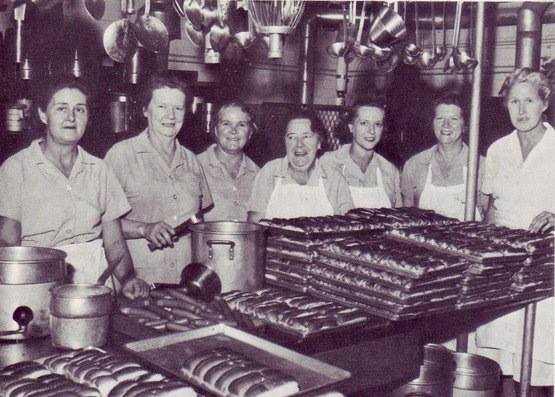
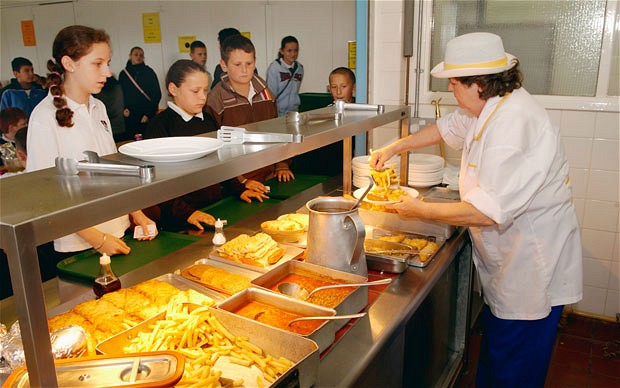



One Comment
April Cook
It was interesting to see how food services in schools has changed over the years. It seems like it would be hard job to manage these services and try and balance health and cost. I’m glad we are turning aback to healthier homemade foods. I’m curious to see how the program changes in the future. Thanks for sharing this!